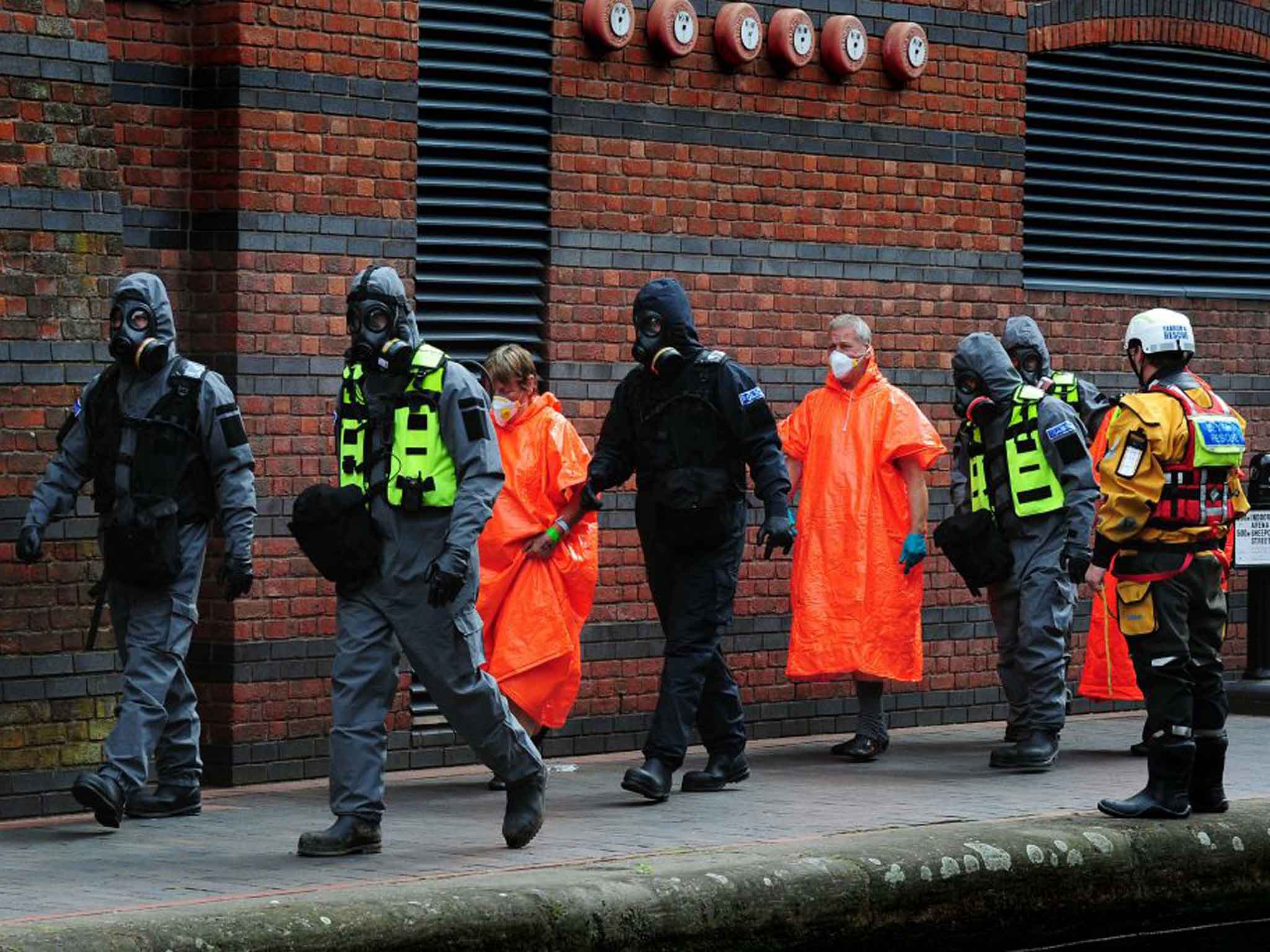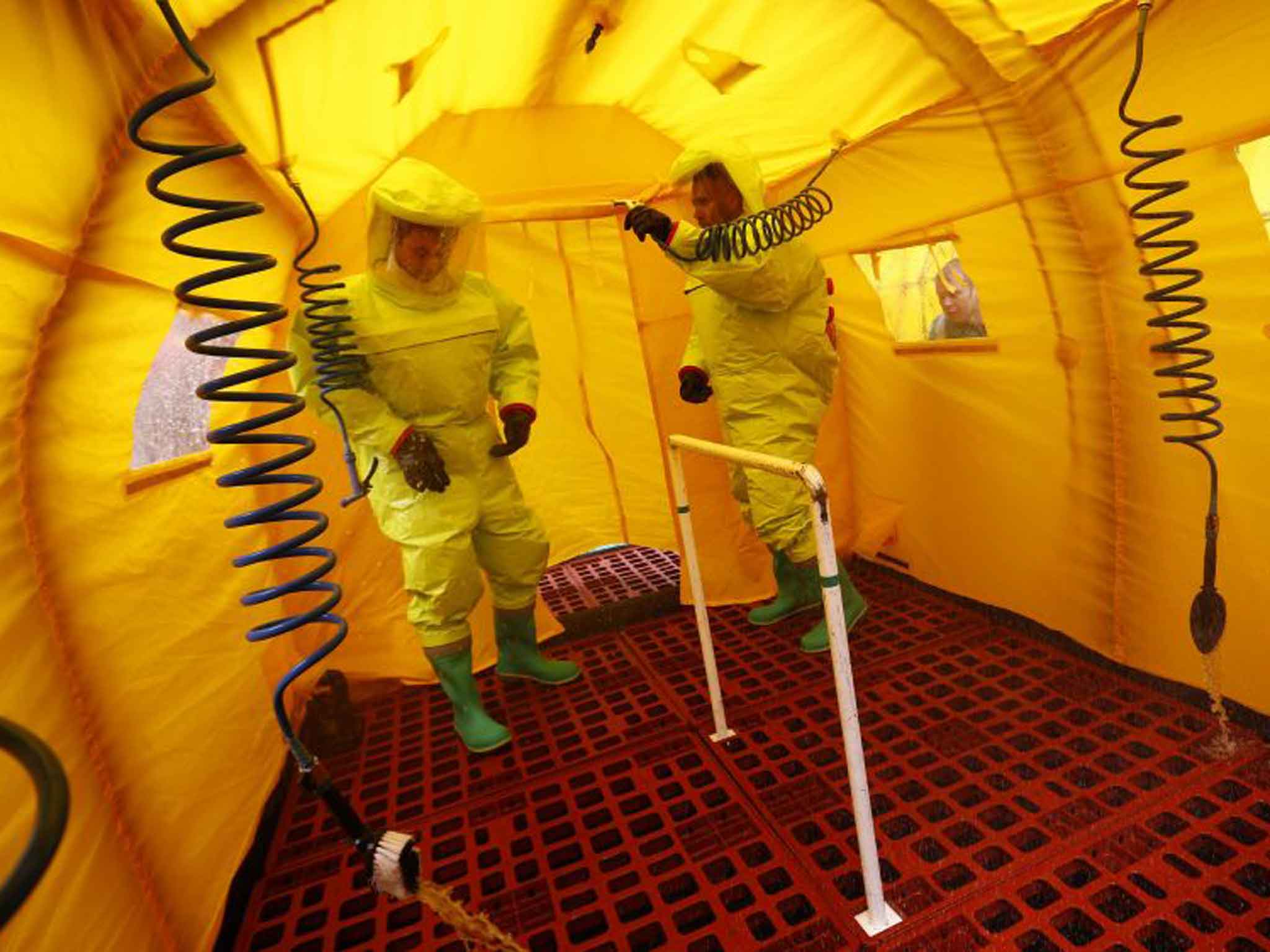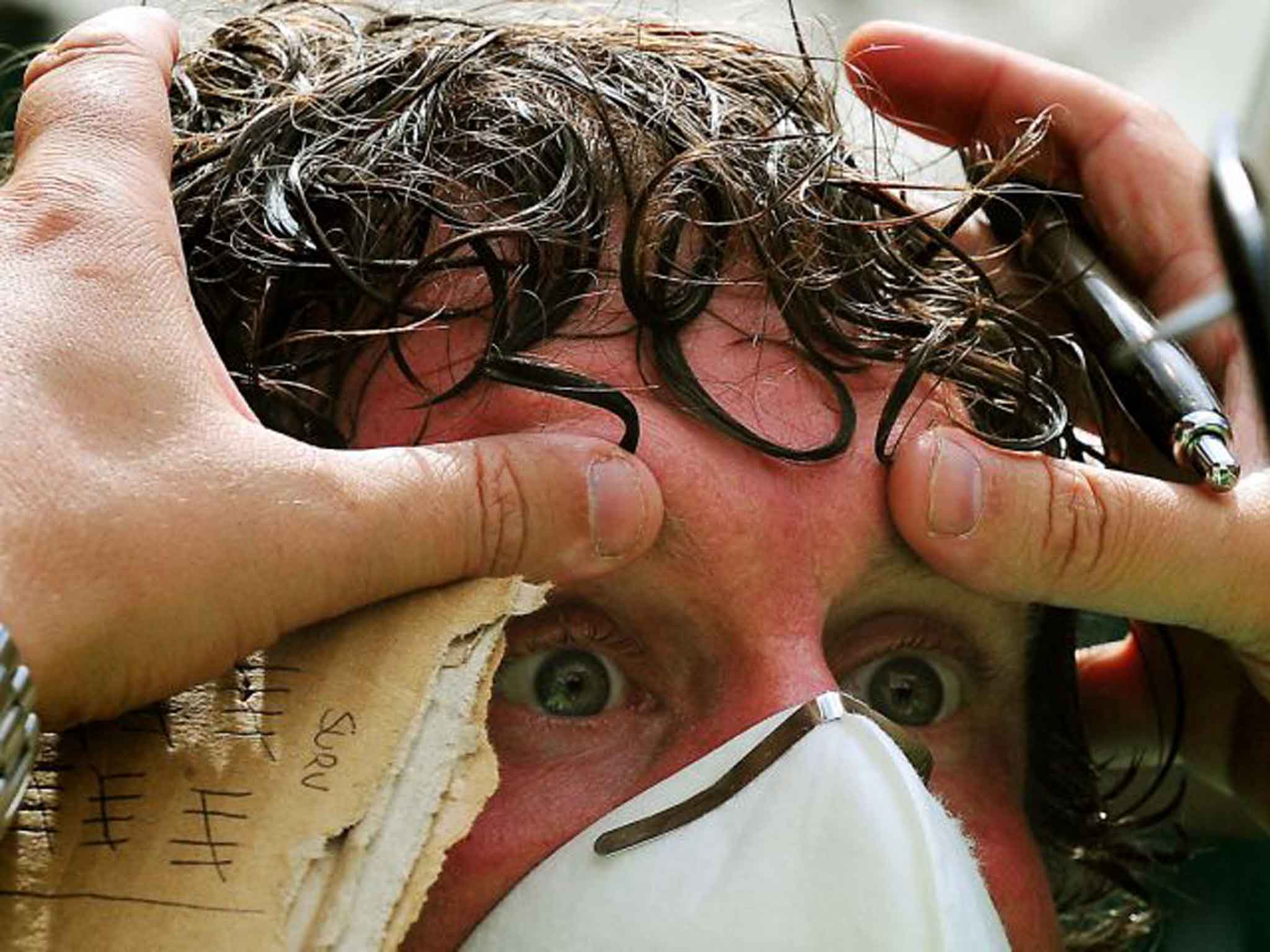Panic on the streets of Birmingham: City responds to mock terror attack
Exercise tests if there are cultural differences in responding to instructions from emergency services

Your support helps us to tell the story
From reproductive rights to climate change to Big Tech, The Independent is on the ground when the story is developing. Whether it's investigating the financials of Elon Musk's pro-Trump PAC or producing our latest documentary, 'The A Word', which shines a light on the American women fighting for reproductive rights, we know how important it is to parse out the facts from the messaging.
At such a critical moment in US history, we need reporters on the ground. Your donation allows us to keep sending journalists to speak to both sides of the story.
The Independent is trusted by Americans across the entire political spectrum. And unlike many other quality news outlets, we choose not to lock Americans out of our reporting and analysis with paywalls. We believe quality journalism should be available to everyone, paid for by those who can afford it.
Your support makes all the difference.Just after 9.30am, a “terrorist” surreptitiously reached beneath his seat at Birmingham’s International Convention Centre and punctured a plastic container, releasing its deadly contents of sarin gas into hall five.
In the throes of apparent death, the man - who for one day only was a terrorist with an unspecified grievance - slumped over the seat in front, triggering a simulated exercise testing the emergency services’ abilities to cope with a major chemical incident.
The emergency services regularly conduct such role-playing incidents, often on isolated bases out of the public eye. But in a new departure, a group of some 40 “clean skins” were included among the 150 volunteers and were told little of what would happen, to understand how they would respond to the threat of death.
“Most of the emergency exercises are built on technical testing and procedures, they leave out the human behaviour,” said Brooke Rogers, a senior lecturer in risk and terror at King’s College London. “This exercise is enabling them to respond to real reactions, or as real as can be.”
Major incident planning assumes that innocent bystanders will inevitably panic, and then immediately follow the advice of the first uniformed services at the scene, she said.
The exercise in the city centre in front of bemused onlookers appeared to prove what academics had expected: that human nature in the face of disaster is to respond with an unexpected level of calm and little panic.
“All of the literature and the case studies – of 9/11, the sarin attacks in Tokyo, and 7 July – show that members of the public are the first responders and help one another,” said Ms Rogers. “There was no shouting, and no screaming. If people are put at risk, they are calm and collected.”
She cited as evidence the 1995 attack on the Tokyo subway system by the Aum Shinrikyo cult that killed 13, which saw passing motorists collect the injured and take them to hospitals – contaminating the hospital, and their cars in the process. The exercise in Birmingham countered that theoretical threat by keeping the “victims” on site until they were stripped down and went through contamination units.

Under the scenario, four minutes after the apparent “terrorist” showed the signs of succumbing to a nerve agent, another pre-briefed group of volunteers among the 150 showed symptoms of contamination.
One wheezing middle-aged man emerged from the lecture theatre and demanded help from the guards standing outside. Jamie Stanford-Beale, a university student studying disaster management and one of the volunteers, said: “One screamed she couldn’t see any more. It was very realistic, people were saying: ‘Is this real life, is this part of the exercise’?”
Four people “died” in the exercise, including two who collapsed in the corridor outside the conference hall as they were ushered out of the building.

In support of Ms Brookes’ theory, The Independent witnessed two clusters of volunteers surrounding the stricken pair in the corridor, including a middle-aged man shouting for blankets and oxygen who appeared bemused when they did not arrive. One woman inside the conference room had to be told forcefully to leave the building while trying to administer first aid.
The test was the first of three EU-funded tests over the next two years which will test if there are cultural differences in responding to instructions from the emergency services.
Join our commenting forum
Join thought-provoking conversations, follow other Independent readers and see their replies
Comments